TO LEARN IS TO GROW
Learning Center
We do our research and publish our results. Should probably call this the Growing Center.


What Should I Consider When Creating a Branding Strategy For My Business?
With the outbreak finally showing signs of slowing down, it’s a good time to get back into business for several companies and industries. To effectively reintroduce your brand to the market, it’s essential to utilize powerful branding strategies.
The effects of the coronavirus pandemic are still being felt worldwide, but the outbreak is definitely starting to slow down.
Several countries have lifted quarantine protocols, allowing people to finally leave their houses and get back to normalcy. With employees and customers physically back in tow, businesses are currently reopening as well.
As people and companies continue to adjust to the new normal living conditions, it’s also an excellent time to rethink one’s branding strategies to prepare a business for the future.
Ever since the world was caught off-guard by the COVID-19 pandemic, people have been looking for a glimmer of hope to get through the dark times.
Businesses who were able to survive the initial impact of the outbreak quickly caught wind of the situation, adopting positive branding strategies to help customers feel more hopeful and optimistic about the current circumstances.
What is a Branding Strategy?
When you say brand strategy, you are talking about creating a long-term plan to develop a successful brand that your business can use to achieve your goals for the company.
If you’re able to draft an organized and well-planned brand strategy, you’ll find that it’s not limited to marketing purposes. An effective branding strategy will affect all aspects of the business by being directly tied to the customer’s wants and needs, behaviors, emotions, and competition in the industry.
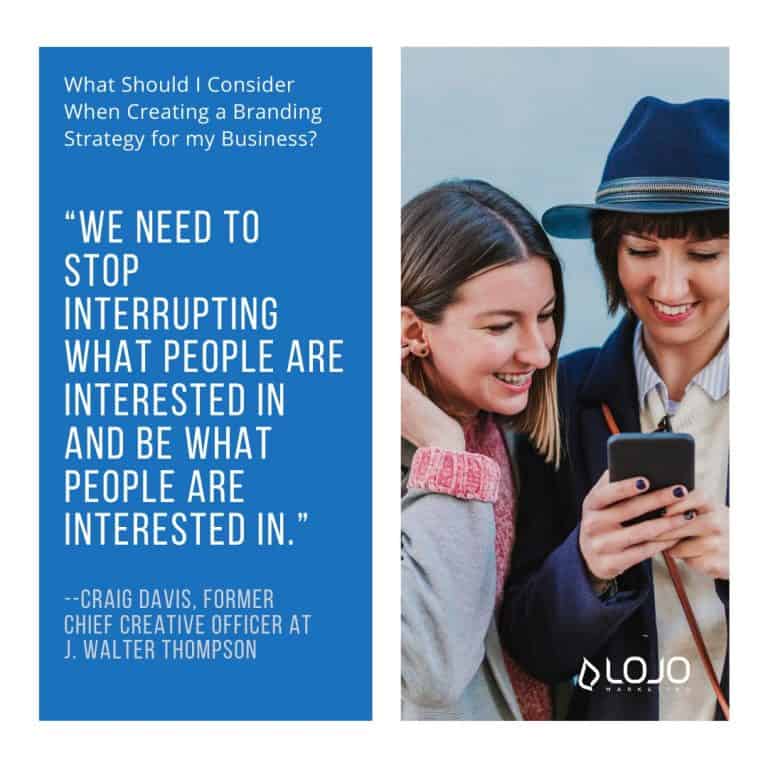
When developing a branding strategy for your business, it makes sense to start at the beginning.
The first thing you need to do is to set clear goals for your company. After all, how can you create a plan to achieve something when you don’t even have any particular objectives yet in mind?
Setting business goals first allows you to better think about what you want to gain in the long run from running your business, as well as what you hope to achieve in the short-term once you’ve launched your brand.
Keeping an eye out for both short and long-term goals is vital to ensure you are being realistic in planning your strategy.
Goal definition is a simple yet fundamental aspect of developing a brand strategy. Your objectives will significantly impact how your branding strategy works.
For instance, a business whose top priority is to reach a new audience will not have the same branding strategy as a company looking to solidify its spot atop the market shares.
A business must identify early on its real purpose and why it is doing what it does.
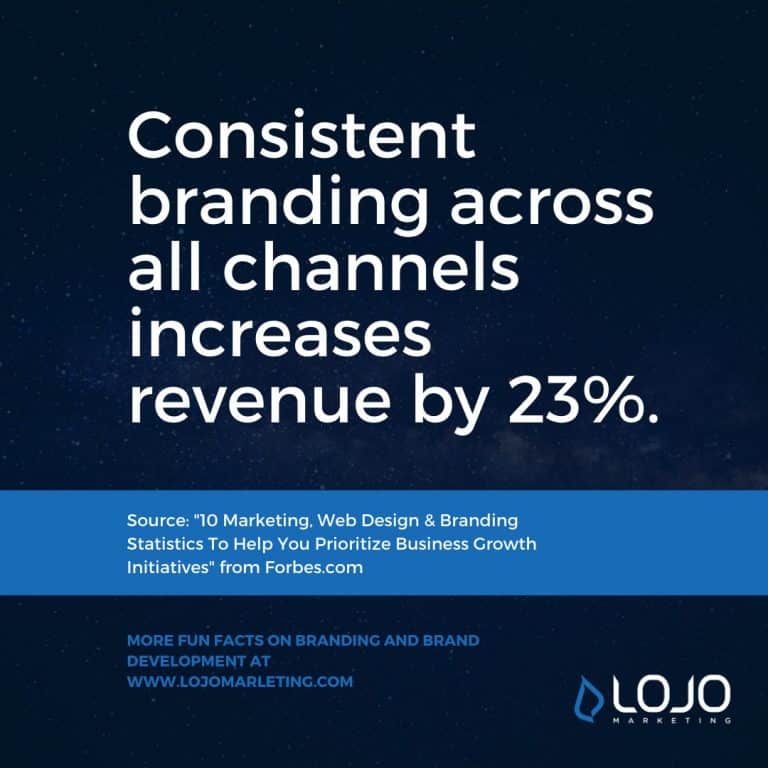
Think About Your Business’s Future
When thinking of ways to improve your branding strategy, It can be easy to get caught up in the short-term activities that are currently trending in the market.
While it’s important to understand what is hip at the moment, it’s better to focus on long-term goals when developing your branding strategy. You want your brand to last considerably longer than the usual trend, and you want your brand recognition to be sustainable to ensure you keep your market.
Immediate results often tempt business owners, and some tend to compromise their brand’s long-term effectiveness in exchange for a quick and positive return of investment.
Your top priority in running a business should always be growth, and you can’t properly measure any semblance of growth if you only plan for the short-term.
The best brands in any industry understand that being short-sighted is a lousy way to run a business, so you should make sure you think about your business’s long-term future as you improve your branding strategy.
Aim For The Human Side Of Things
Businesses like to rely on data to make decisions because the scientific method provides a sound calculation of success based on hard information.
In today’s data-driven world, it’s easy to get insight from sophisticated AI-based technology by using their algorithms to review volumes of information and provide us with the most ideal solutions for the business.

Unfortunately, machines aren’t well-versed when it comes to crisis-related situations, and their complete reliance on facts and numbers can serve as a detriment when trying to find out what’s best for your customers in this current predicament.
Machines can never fully grasp the complexity of human emotions – fear, anxiety, hope, and optimism, to name a few.
If there’s anything that the coronavirus pandemic taught people, it’s that humanity needs each other to survive.
People can live without a lot of things, but they need to interact with each other in more ways than one to preserve a functional society.
Incorporating a human side in your branding strategy shows your customers that you see them as human beings and not just as buyers of your products and services.
It’s essential to let your customer base know that you value them more than their monetary contributions.
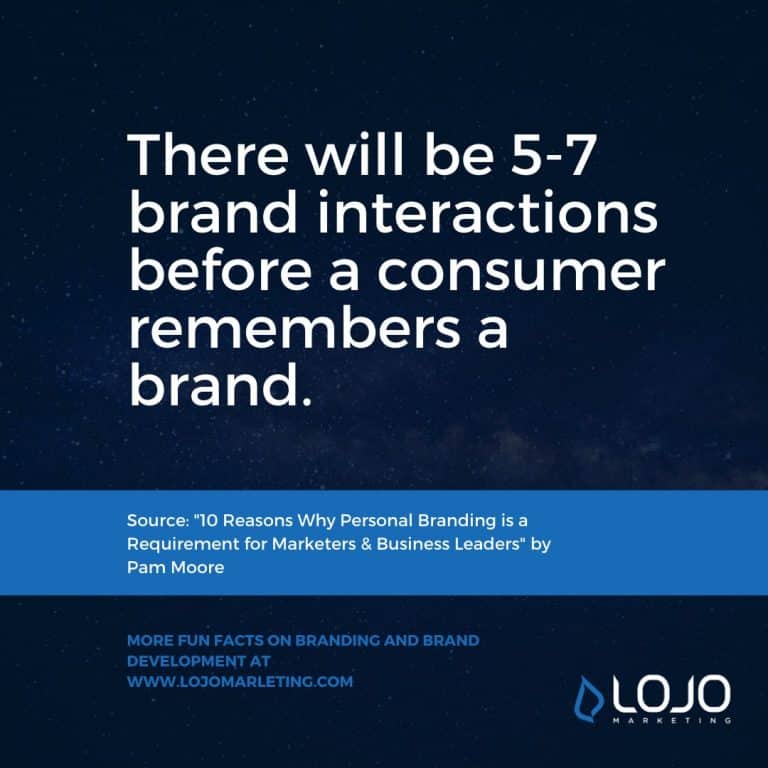
Raise Your Branding Standards
The pandemic has significantly changed how people valued businesses.
The outbreak saw customers relying on local businesses more for their daily needs, as accessibility trumped any other buying factor. People connected better with local volunteer groups because it taught them a stronger sense of community as they helped each other survive during the worst times of the pandemic.
Adding these values to your core branding strategy is an excellent way to put your business on the right track with your customers.
Show how your business involves itself in different communities. Demonstrate to the world how your business is socially aware and well-connected with the community.
For example, how you treat your employees and how you control health risks will surely be at the top of your customer’s concerns, so make sure your business practice prioritizes worker safety while also being extra diligent and careful about health measures.
If you can prove that your business cares and contributes to the overall well-being of society, you can expect your customers to show more support.
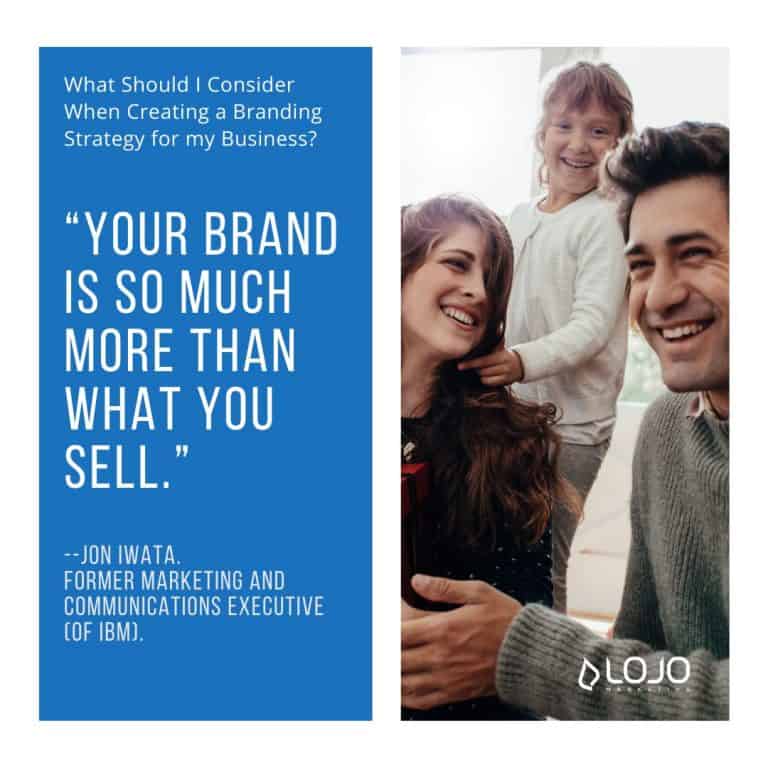
Adjusting to the Coronavirus Pandemic
The post-coronavirus pandemic market is going to be new for everyone involved.
The new world order is expected to bring its own set of changes and challenges, and it’s not going to be easy for any of us to anticipate everything and anything that might affect how customers think and behave.
However, businesses can prepare better for such fluctuations by building goals that are adaptable and easy to adjust while applying data-driven strategies to increase the probability of success.
There hasn’t been a crisis as huge as the coronavirus pandemic in recent memory, and it has brought massive changes to customer behavior as we know it.
The uncertainty that came with the outbreak carried over to people’s buying and spending needs, making it harder for businesses to rely on previously collected data to understand the customers’ wants and needs.
To better adjust your branding strategy to the new behaviors of your customers, it is highly recommended to analyze real-time data. Using current and up-to-date buyer information can help you identify emerging trends in your industry that your business can pounce on to improve sales.
At the same time, understanding your customers better post-pandemic can help you develop new segments in your branding strategy that can address their new needs.
A Final Word on Branding Strategies
The coronavirus pandemic has brought several changes to the world, especially how people think and behave. These changes also affect how businesses relate with customers, and it’s important to adjust your branding strategies in order to maintain an excellent customer connection.
While technology will always be a significant part of how businesses make decisions, it’s vital that human factors are taken into account in times of crisis like this. Showing your customers that you think of them as human beings first and consumers second is ideal if you wish to keep their support in the post-pandemic market.
(Sources: AYTM.com and Forbes.com.)

What Should I Consider When Creating a Branding Strategy For My Business?
With the outbreak finally showing signs of slowing down, it’s a good time to get back into business for several companies and industries. To effectively reintroduce your brand to the market, it’s essential to utilize powerful branding strategies.
The effects of the coronavirus pandemic are still being felt worldwide, but the outbreak is definitely starting to slow down.
Several countries have lifted quarantine protocols, allowing people to finally leave their houses and get back to normalcy. With employees and customers physically back in tow, businesses are currently reopening as well.
As people and companies continue to adjust to the new normal living conditions, it’s also an excellent time to rethink one’s branding strategies to prepare a business for the future.
Ever since the world was caught off-guard by the COVID-19 pandemic, people have been looking for a glimmer of hope to get through the dark times.
Businesses who were able to survive the initial impact of the outbreak quickly caught wind of the situation, adopting positive branding strategies to help customers feel more hopeful and optimistic about the current circumstances.
What is a Branding Strategy?
When you say brand strategy, you are talking about creating a long-term plan to develop a successful brand that your business can use to achieve your goals for the company.
If you’re able to draft an organized and well-planned brand strategy, you’ll find that it’s not limited to marketing purposes. An effective branding strategy will affect all aspects of the business by being directly tied to the customer’s wants and needs, behaviors, emotions, and competition in the industry.

When developing a branding strategy for your business, it makes sense to start at the beginning.
The first thing you need to do is to set clear goals for your company. After all, how can you create a plan to achieve something when you don’t even have any particular objectives yet in mind?
Setting business goals first allows you to better think about what you want to gain in the long run from running your business, as well as what you hope to achieve in the short-term once you’ve launched your brand.
Keeping an eye out for both short and long-term goals is vital to ensure you are being realistic in planning your strategy.
Goal definition is a simple yet fundamental aspect of developing a brand strategy. Your objectives will significantly impact how your branding strategy works.
For instance, a business whose top priority is to reach a new audience will not have the same branding strategy as a company looking to solidify its spot atop the market shares.
A business must identify early on its real purpose and why it is doing what it does.

Think About Your Business’s Future
When thinking of ways to improve your branding strategy, It can be easy to get caught up in the short-term activities that are currently trending in the market.
While it’s important to understand what is hip at the moment, it’s better to focus on long-term goals when developing your branding strategy. You want your brand to last considerably longer than the usual trend, and you want your brand recognition to be sustainable to ensure you keep your market.
Immediate results often tempt business owners, and some tend to compromise their brand’s long-term effectiveness in exchange for a quick and positive return of investment.
Your top priority in running a business should always be growth, and you can’t properly measure any semblance of growth if you only plan for the short-term.
The best brands in any industry understand that being short-sighted is a lousy way to run a business, so you should make sure you think about your business’s long-term future as you improve your branding strategy.
Aim For The Human Side Of Things
Businesses like to rely on data to make decisions because the scientific method provides a sound calculation of success based on hard information.
In today’s data-driven world, it’s easy to get insight from sophisticated AI-based technology by using their algorithms to review volumes of information and provide us with the most ideal solutions for the business.

Unfortunately, machines aren’t well-versed when it comes to crisis-related situations, and their complete reliance on facts and numbers can serve as a detriment when trying to find out what’s best for your customers in this current predicament.
Machines can never fully grasp the complexity of human emotions – fear, anxiety, hope, and optimism, to name a few.
If there’s anything that the coronavirus pandemic taught people, it’s that humanity needs each other to survive.
People can live without a lot of things, but they need to interact with each other in more ways than one to preserve a functional society.
Incorporating a human side in your branding strategy shows your customers that you see them as human beings and not just as buyers of your products and services.
It’s essential to let your customer base know that you value them more than their monetary contributions.

Raise Your Branding Standards
The pandemic has significantly changed how people valued businesses.
The outbreak saw customers relying on local businesses more for their daily needs, as accessibility trumped any other buying factor. People connected better with local volunteer groups because it taught them a stronger sense of community as they helped each other survive during the worst times of the pandemic.
Adding these values to your core branding strategy is an excellent way to put your business on the right track with your customers.
Show how your business involves itself in different communities. Demonstrate to the world how your business is socially aware and well-connected with the community.
For example, how you treat your employees and how you control health risks will surely be at the top of your customer’s concerns, so make sure your business practice prioritizes worker safety while also being extra diligent and careful about health measures.
If you can prove that your business cares and contributes to the overall well-being of society, you can expect your customers to show more support.

Adjusting to the Coronavirus Pandemic
The post-coronavirus pandemic market is going to be new for everyone involved.
The new world order is expected to bring its own set of changes and challenges, and it’s not going to be easy for any of us to anticipate everything and anything that might affect how customers think and behave.
However, businesses can prepare better for such fluctuations by building goals that are adaptable and easy to adjust while applying data-driven strategies to increase the probability of success.
There hasn’t been a crisis as huge as the coronavirus pandemic in recent memory, and it has brought massive changes to customer behavior as we know it.
The uncertainty that came with the outbreak carried over to people’s buying and spending needs, making it harder for businesses to rely on previously collected data to understand the customers’ wants and needs.
To better adjust your branding strategy to the new behaviors of your customers, it is highly recommended to analyze real-time data. Using current and up-to-date buyer information can help you identify emerging trends in your industry that your business can pounce on to improve sales.
At the same time, understanding your customers better post-pandemic can help you develop new segments in your branding strategy that can address their new needs.
A Final Word on Branding Strategies
The coronavirus pandemic has brought several changes to the world, especially how people think and behave. These changes also affect how businesses relate with customers, and it’s important to adjust your branding strategies in order to maintain an excellent customer connection.
While technology will always be a significant part of how businesses make decisions, it’s vital that human factors are taken into account in times of crisis like this. Showing your customers that you think of them as human beings first and consumers second is ideal if you wish to keep their support in the post-pandemic market.
(Sources: AYTM.com and Forbes.com.)
Growing Businesses Since 2008
We have helped hundreds of businesses just like yours. Working for or along-side of business owner, managers, staff, or even board of directors, LOJO is ready to be an asset to your business.
Our team has been curated through the years for individual skills, personalities, and capabilities. Our clients put their trust in us to help them grow. We are here to do just that.
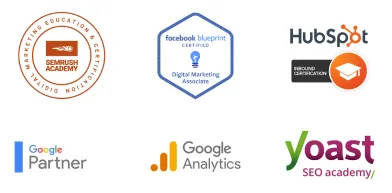


Growing Businesses Since 2008
We have helped hundreds of businesses just like yours. Working for or along-side of business owner, managers, staff, or even board of directors, LOJO is ready to be an asset to your business.
Our team has been curated through the years for individual skills, personalities, and capabilities. Our clients put their trust in us to help them grow. We are here to do just that.




Matthew Rogers, President
iProspect Check
After spending several months reviewing multiple proposals from several different companies we engaged LOJO to develop a new website that represents our company effectively. We worked initially with Stephen Platte who helped create the scope of the project. Stephen was knowledgeable and always followed up with me on time and as promised.
He "closed the deal" for LOJO with his professionalism, service orientation and easy going approach. Once we signed the contract we were introduced to Jay Kelly who would be the creative lead for LOJO. This was the most challenging part of the project for my company, as there was no shortage of ideas from our side. Jay managed the project flawlessly, and once we had all agreed to the design, Jay introduced us to Eric.
Eric Lay is one of the founders of LOJO. Eric took the design we had developed and brought it to life. We delivered content as quickly as he requested it. Eric kept the project on task and we responded by exceeding every deadline for content. In turn, once provided, literally not a day went by that Eric didn't add the content and take the next step. In just a few weeks we launched our new website. Eric is a pleasure to work with.
His positive attitude and consultative approach really enhanced the experience and made a big difference for us in the outcome of our project. We would welcome you to visit our website to take a look at the quality work of LOJO. We are very pleased with LOJO and look forward to working with them in the future as we pursue an aggressive SEO strategy."
After spending several months reviewing multiple proposals from several different companies we engaged LOJO to develop a new website that represents our company effectively. We worked initially with Stephen Platte who helped create the scope of the project. Stephen was knowledgeable and always followed up with me on time and as promised.
He "closed the deal" for LOJO with his professionalism, service orientation and easy going approach. Once we signed the contract we were introduced to Jay Kelly who would be the creative lead for LOJO. This was the most challenging part of the project for my company, as there was no shortage of ideas from our side. Jay managed the project flawlessly, and once we had all agreed to the design, Jay introduced us to Eric.
Eric Lay is one of the founders of LOJO. Eric took the design we had developed and brought it to life. We delivered content as quickly as he requested it. Eric kept the project on task and we responded by exceeding every deadline for content. In turn, once provided, literally not a day went by that Eric didn't add the content and take the next step. In just a few weeks we launched our new website. Eric is a pleasure to work with.
His positive attitude and consultative approach really enhanced the experience and made a big difference for us in the outcome of our project. We would welcome you to visit our website to take a look at the quality work of LOJO. We are very pleased with LOJO and look forward to working with them in the future as we pursue an aggressive SEO strategy."

Matthew Rogers, President
iProspect Check
The team at LOJO were wonderful to work with. They are well organized and very patient as we worked through our marketing strategy and developed a well thought out and clear action plan at a reasonable price. We will definitely be back for our future campaign needs."

Jon Crosby, Founder
Dazil

